More and more luxury brands are pledging their commitment to protecting our planet by valuing environmental concerns as highly as their customer’s expectations. Leading the way in the luxury yachting industry, Fraser announced a partnership with Plastic Oceans Foundation earlier this year to fight the pollution of our marine environment whilst announcing new, adventurous charter destinations where their clients can experience the wonders of our natural planet first hand. As part of our luxury leaders series, Millie Walton speaks to Fraser CEO Raphael Sauleau about the evolution of the yachting industry, ethical luxury and adventures into the Antarctic.
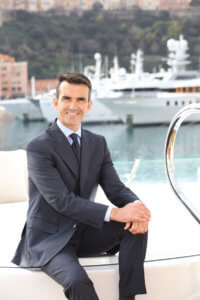
Raphael Sauleau
LUX: How has the luxury yacht industry changed in recent years?
Raphael Sauleau: The industry has changed and developed in a number of ways; in terms of charter, clients are often leaving bookings until the last minute in the hope of getting a last minute deal, however this often leads to disappointment as their chosen yacht may already be chartered out so they have to settle for something else that is still available. In terms of sales, buyers are becoming a lot more savvy and price driven, since the financial crisis they always want to push to get the lowest possible price, however sellers are also very aware of what they’ve paid for the yacht and invested into it and now set much more realistic asking prices so there is less room for negotiation.
In terms of the yachts themselves there is now an increasing trend to be more environmentally friendly, both in terms of the materials used in the construction and to be more self-sufficient which in turn allows for longer cruising periods and particularly to reach more remote destinations. Due to developments in technology, designers are also able to create yachts that use more glass to allow more natural light in and more sophisticated doors and retracting walls that allow more indoor/outdoor spaces.
We have also seen an increasing number of small companies setting up, 1 or 2 people offering charter or brokerage services. They have low running costs and will often undercut some of the more well established companies but of course they can’t offer the same level of expertise and experience that a company like Fraser can.
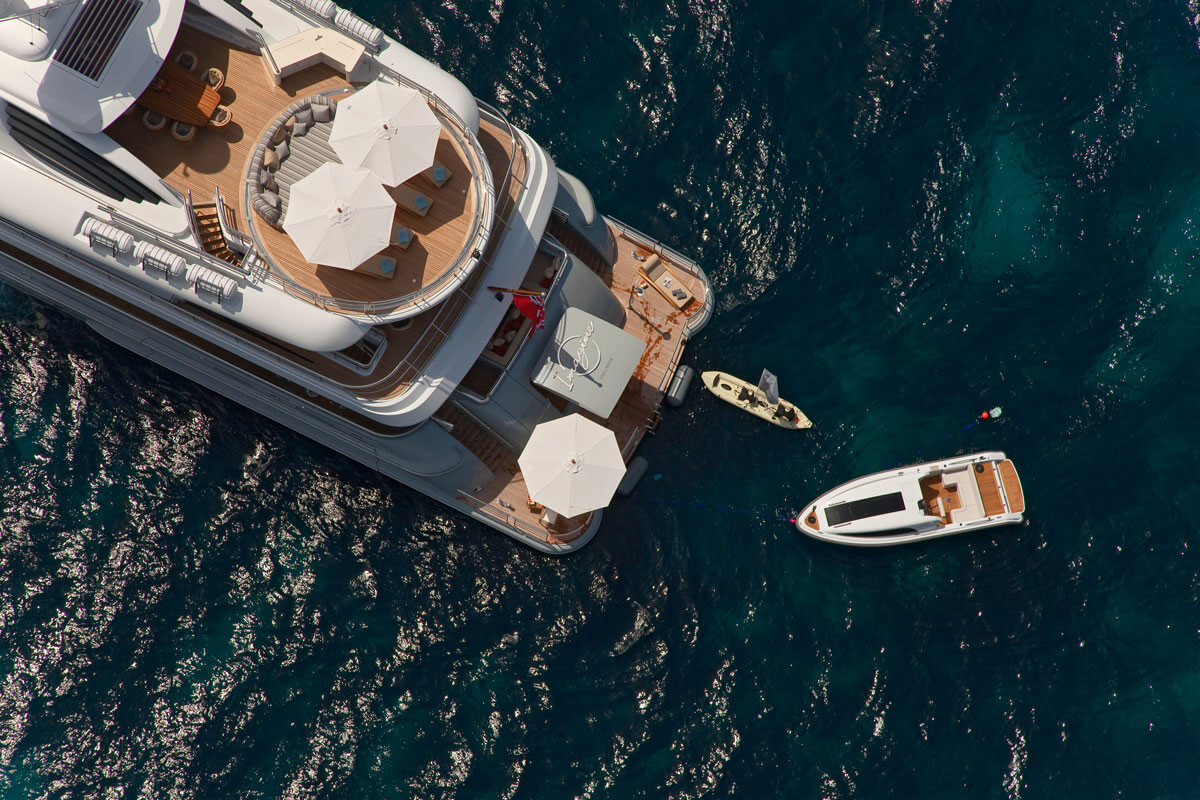
Imagine. Courtesy of Fraser.
LUX: What are the expectations of the modern luxury traveller and how does that differ from the past?
Raphael Sauleau: This obviously varies by client but we have noticed an increase in people wanting to have unique experiences, create memories that they will treasure forever. Many clients no longer want to go and sit on their yacht anchored off St Tropez and visit all the local beach clubs (although this is still very popular), instead an increasing number would prefer to do something different that they haven’t done before or is done by very few people. This could be exploring a unique destination such as Antarctica or a unique cultural experience such as a Va’a, a traditional Tahitian welcome from locals on their outrigger canoe, or even just enjoying an action packed holiday in a more traditional location but with lots of adrenalin pumping toys.
In terms of service, the main difference we have noticed is the food on board, clients are a lot more health conscious and have more specific dietary requirements such as vegan, gluten-free or even raw food.
Read next: Supermodel and restauranteur, Alicia Rountree on home cooking and dressing up
LUX: How do you balance innovation and tradition?
Raphael Sauleau: We are proud of our heritage and the experience and knowledge that this represents however we are always looking for new ways to provide a better service to our clients. This could be anything from launching our new website which is more adapted to modern day browsing on mobiles, to being the first company to use Augmented Reality to promote our yachts and show potential clients what it’s really like to be on board. However innovation is not just about the latest technology, we’re also working on efforts to help the industry develop, such as improving regulations that are more suitable to yachting and protecting the marine environment so that we can be sure that the industry is protected and continues to grow for years to come.
LUX: What are the most popular charter destinations nowadays?
Raphael Sauleau: The Med and the Caribbean are still by far the most popular choices for charterers however we are seeing a steady increase in charterers wanting to explore Asia and the South Pacific as well as an interest in the Antarctic. There are some terrific cruising grounds in these regions and as yachts are being built to do more long distance cruising and be more self-sustainable these regions are becoming more and more accessible.

Hanse Explorer. Courtesy Fraser.
LUX: You’ve said before that ethics are important for Fraser, what does that mean?
Raphael Sauleau: We’re working in an industry with one of the most highly valuable products on the market today, there are very few things that can come close to the value of a superyacht. Due to the large sums of money involved and the lack of transparency in some areas of the business you occasionally hear of people who are too focused on just closing a deal, at whatever cost, or taking their own cut on services or products that are outsourced. At Fraser we pride ourselves on always putting our clients’ interests first, we want to find the best yacht for them, be it for sale or charter and we won’t push them towards something just so that we can close a deal. We also don’t take any commission on services or products ordered through our management division, the original price of the supplier is what the client will pay.
LUX: Can luxury ever be truly adventurous?
Raphael Sauleau: Absolutely, I think if you speak to anyone that has been to Antarctica or a remote South Pacific island they will say that it was one of their greatest adventures. Admittedly you might have to go ashore to experience the real adrenalin pumping encounters with some of the local wildlife but it is still an adventure to be experienced before you return back to the comforts of your luxury yacht.

Paraffin. Courtesy Fraser.
LUX: How would you define an exclusive experience?
Raphael Sauleau: An exclusive experience is one that very few people can take part in; many people would say that owning or chartering a yacht is an exclusive experience and I would have to say I would agree. However it can also be an experience that money can’t buy, a special moment that you cannot buy off the shelf. We’ve organized for clients to be whisked by helicopter to the top of a glacier where they can enjoy a private 5* lunch with the most incredible views imaginable, or another very popular activity on our charters is being taken out by a local Greek fisherman in his little fishing boat on the most pristine clear waters to catch your dinner for the evening. Whatever it is, the overriding common factor in an exclusive experience is that it will create a unique memory that you and your family or friends will treasure for a life time.
Read next: Sushi Shop brings fine dining to takeaway casual
LUX: What’s next for Fraser?
Raphael Sauleau: We’re currently working on a number of new initiative such as our partnership with Plastic Oceans, many of us (including our clients) are realising that the oceans we cruise on are becoming increasingly damaged and we want to make sure that they are protected and there for us to enjoy for years to come. As we mentioned before we’re also working on some initiatives to help make the industry more transparent and regulated, we have a vast amount of knowledge gathered over the last seventy years and we want to make sure that we lead the way for the industry to grow and develop further. And of course there are some other projects and partnerships that we’re working on which we’ll be announcing over the coming months but unfortunately I can’t say anything further at this stage.
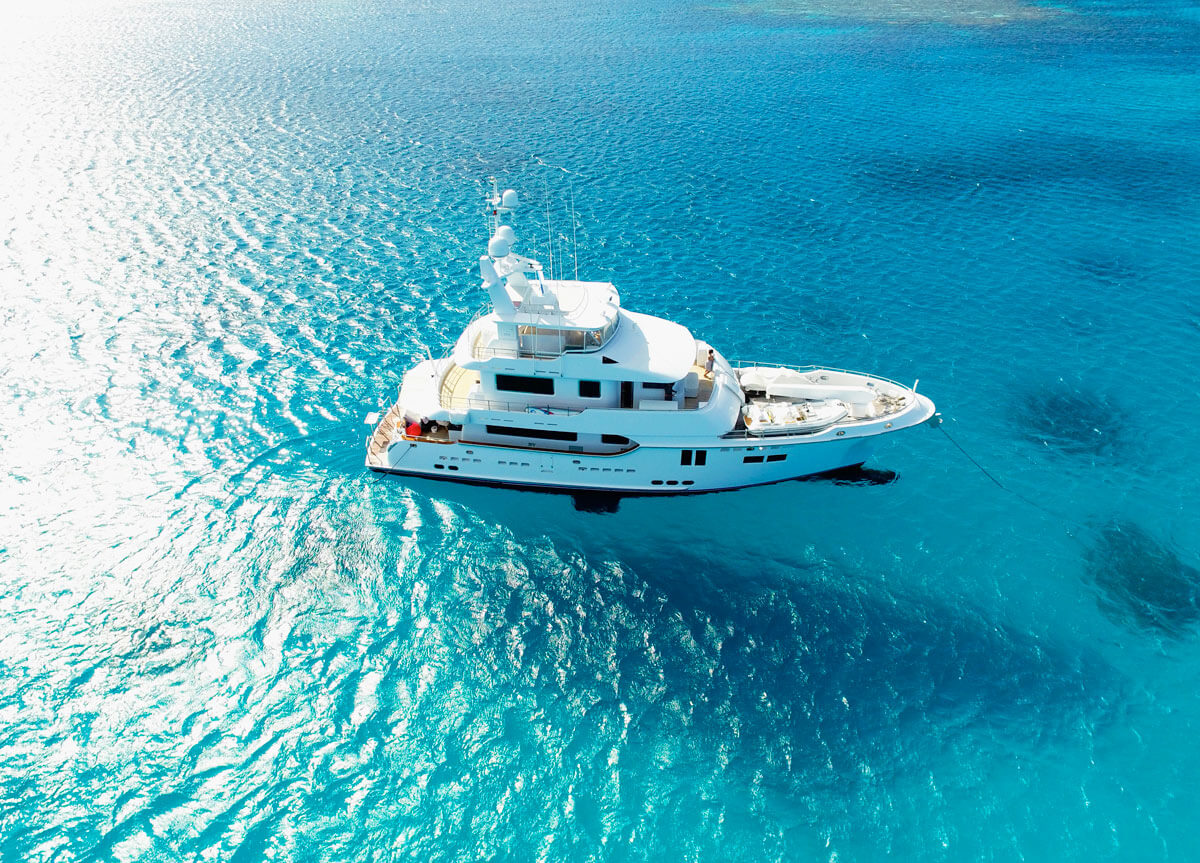
Mystic Tide. Courtesy Fraser.
LUX: How do you relax?
Raphael Sauleau: Aside from spending time with my wife and daughters I’m a keen sportsman and regularly compete in Triathlons and Ironman competitions. Training and taking part in these endurance races is a great way for me to switch off from the every day juggling act of managing one of the world’s leading yacht brokerages. However when I want to do something a little more relaxing there’s nothing better than picking up a good book and listening to some chilled out music








 wonderful memories from that shoot.
wonderful memories from that shoot. SL: What inspires you on a daily basis?
SL: What inspires you on a daily basis?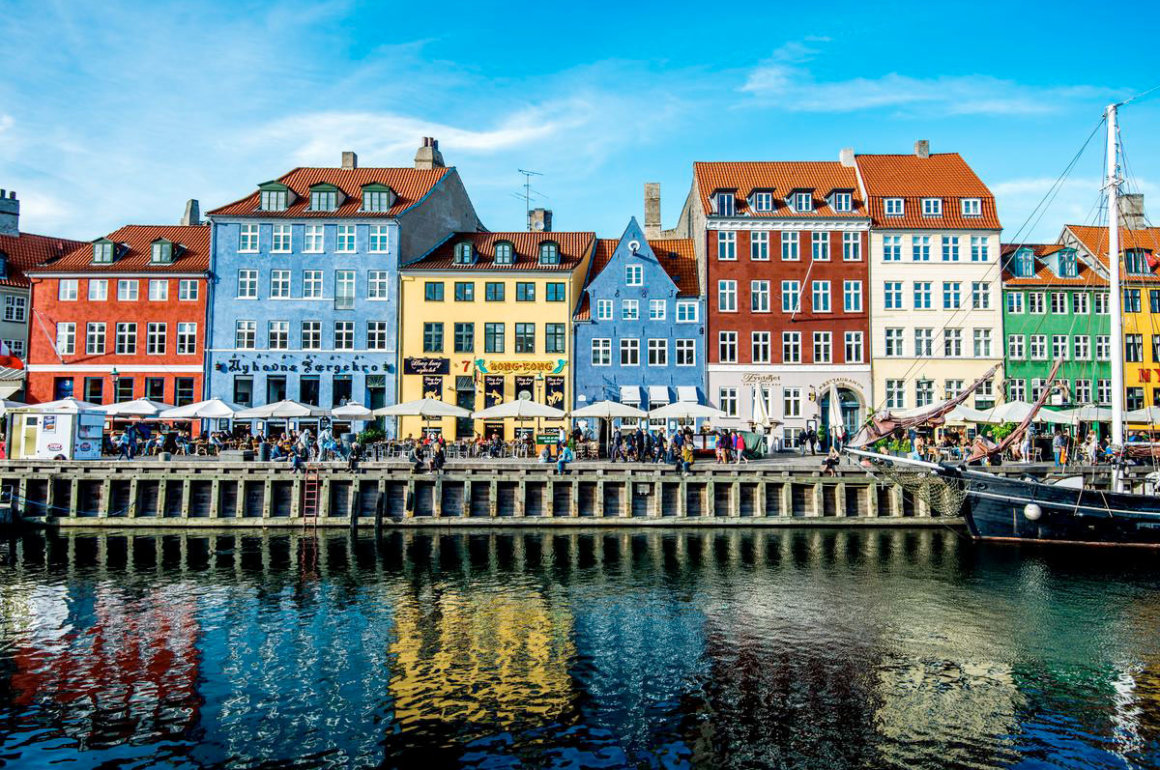
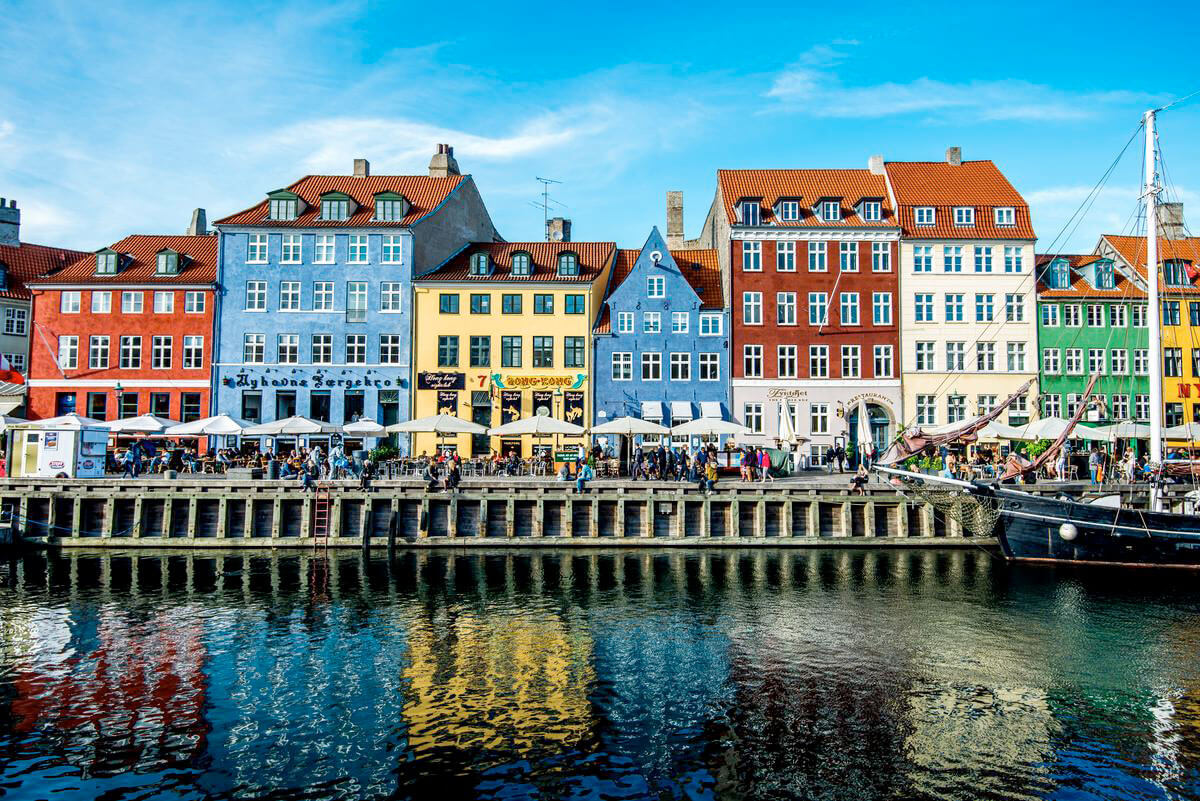


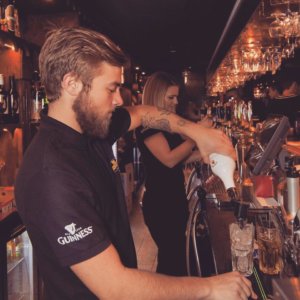




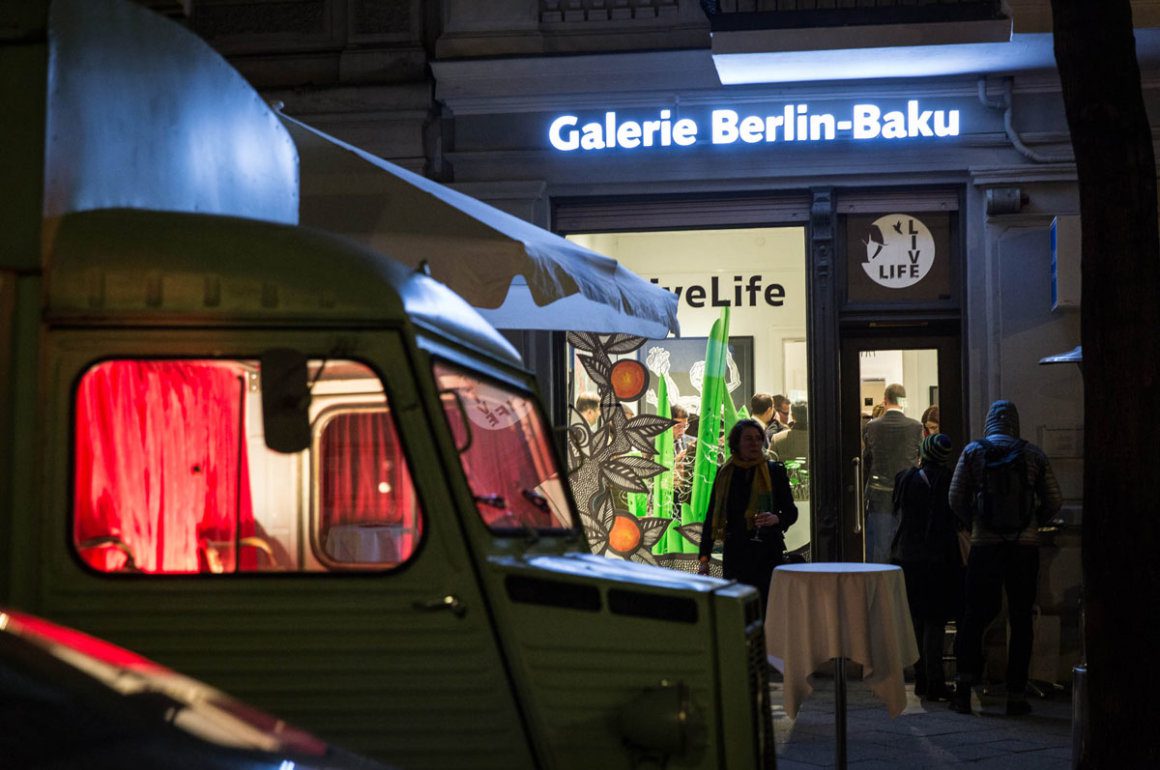
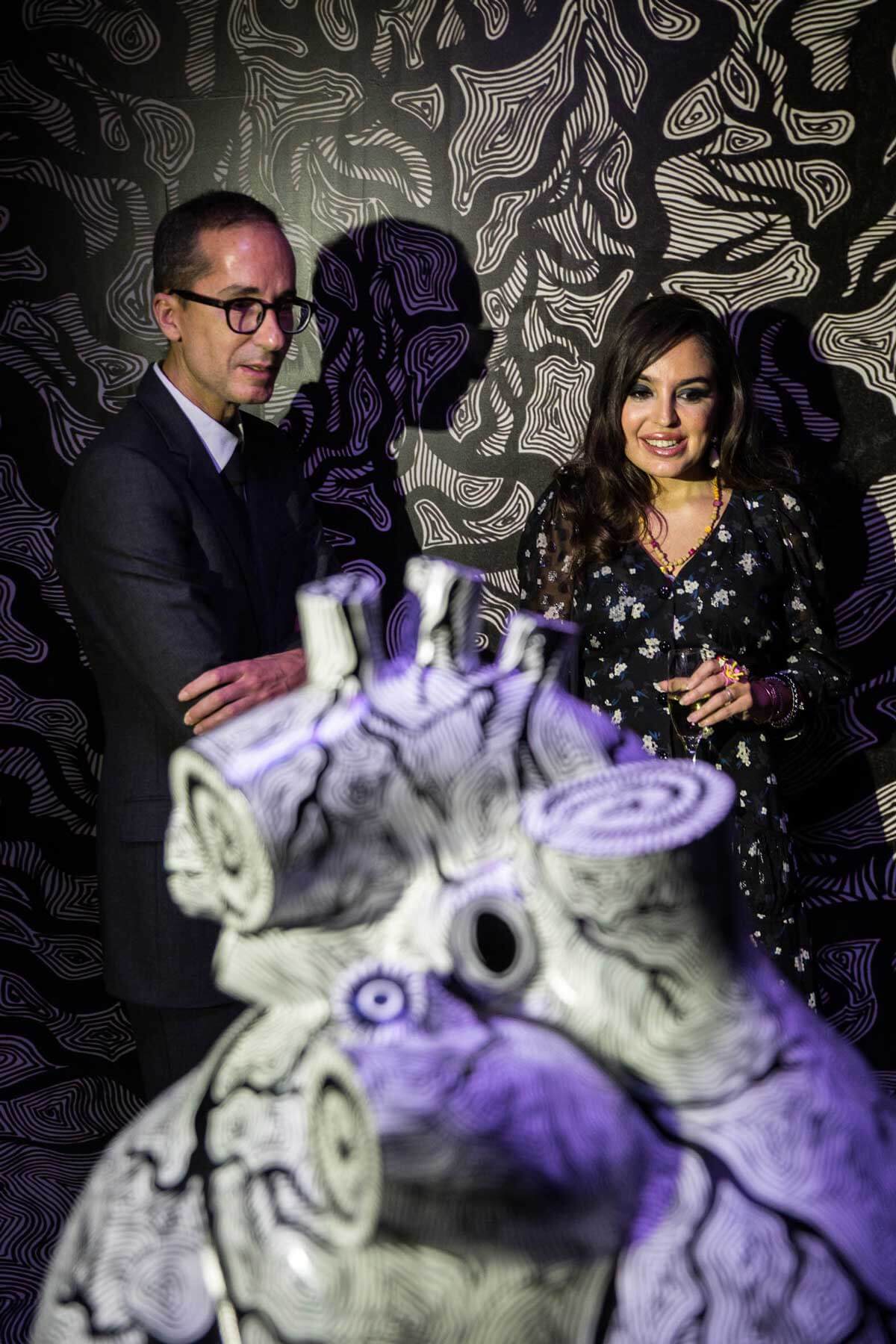
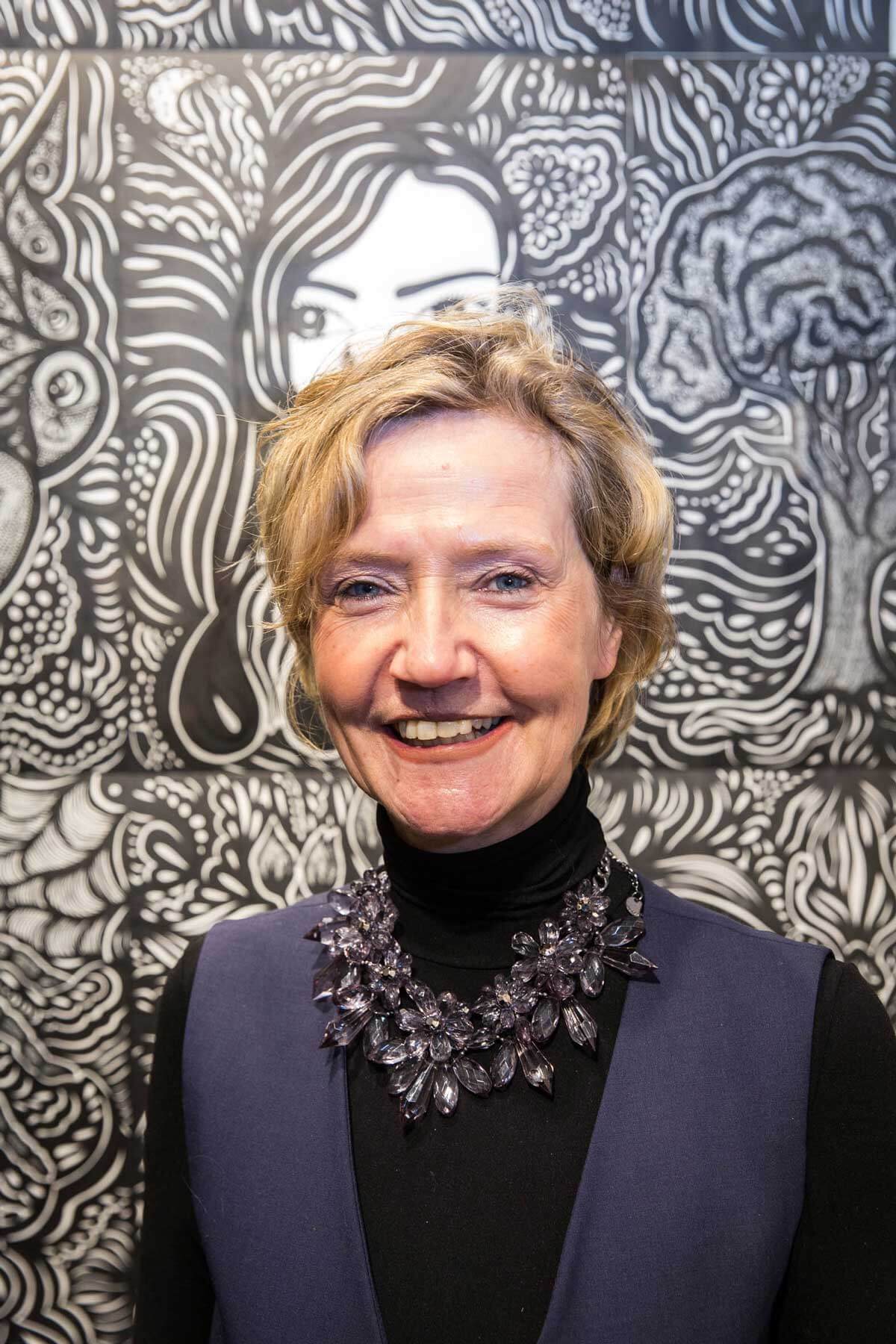
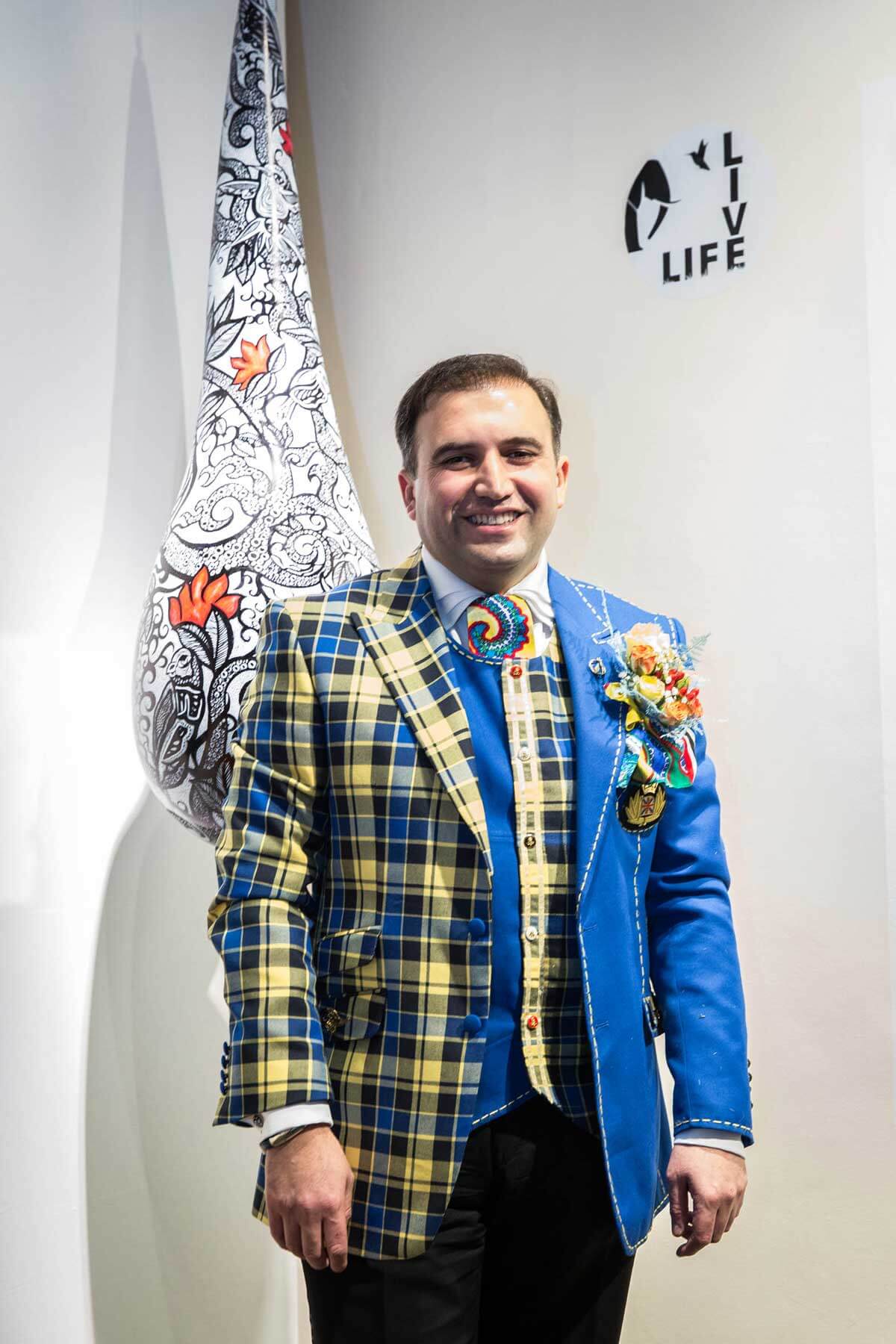
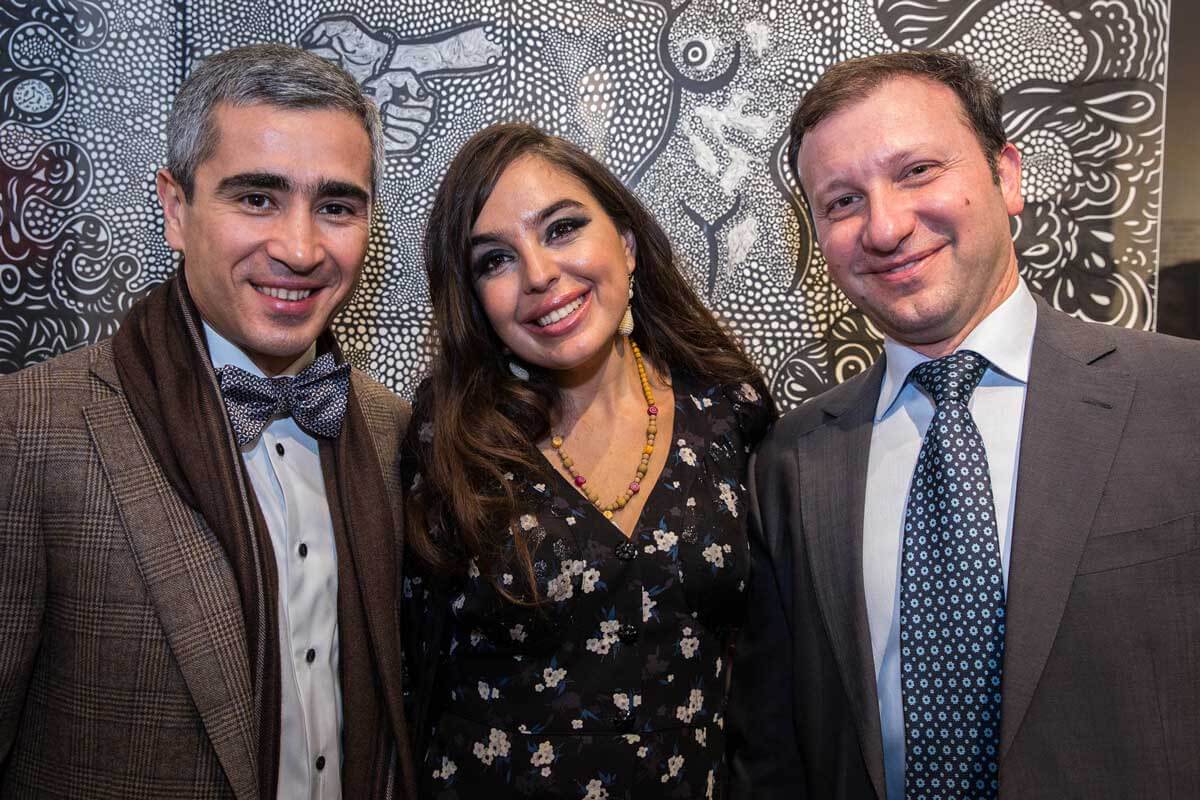
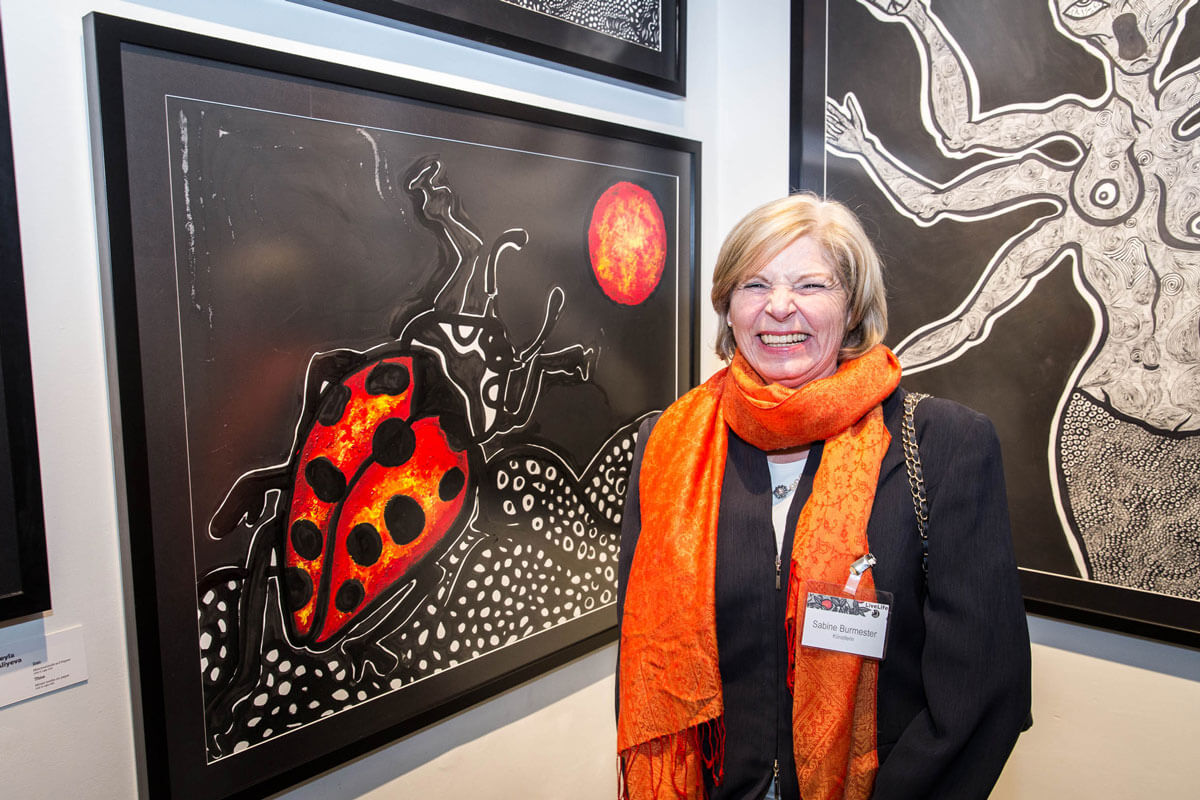
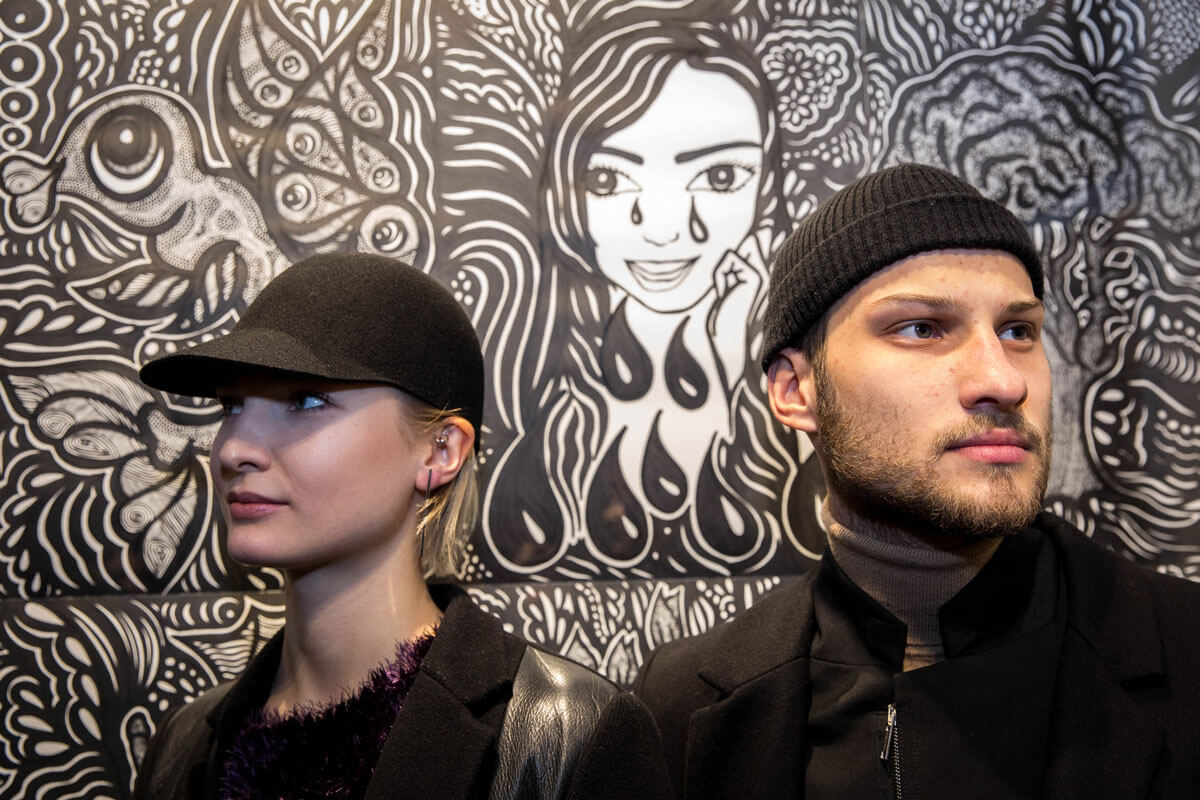
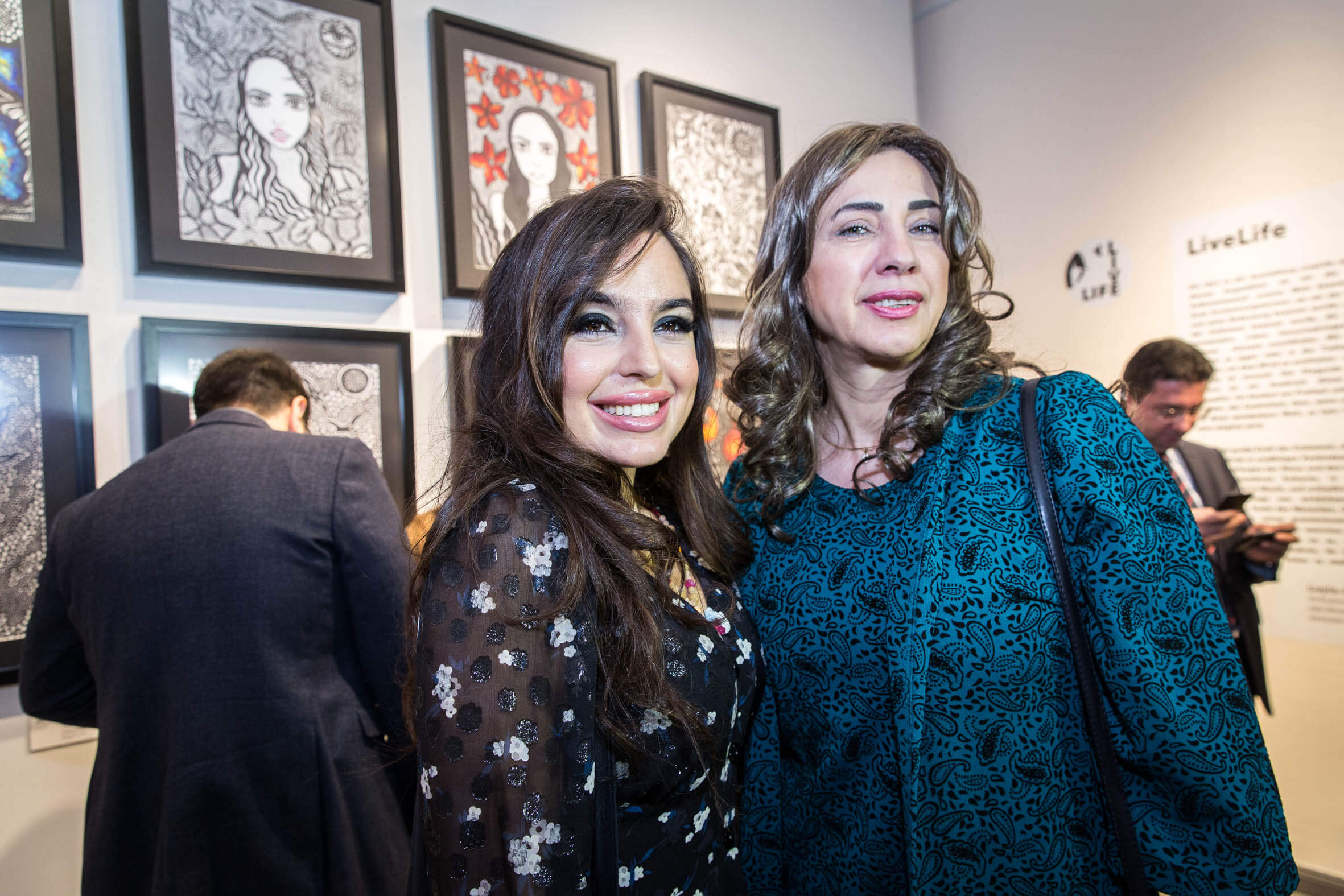
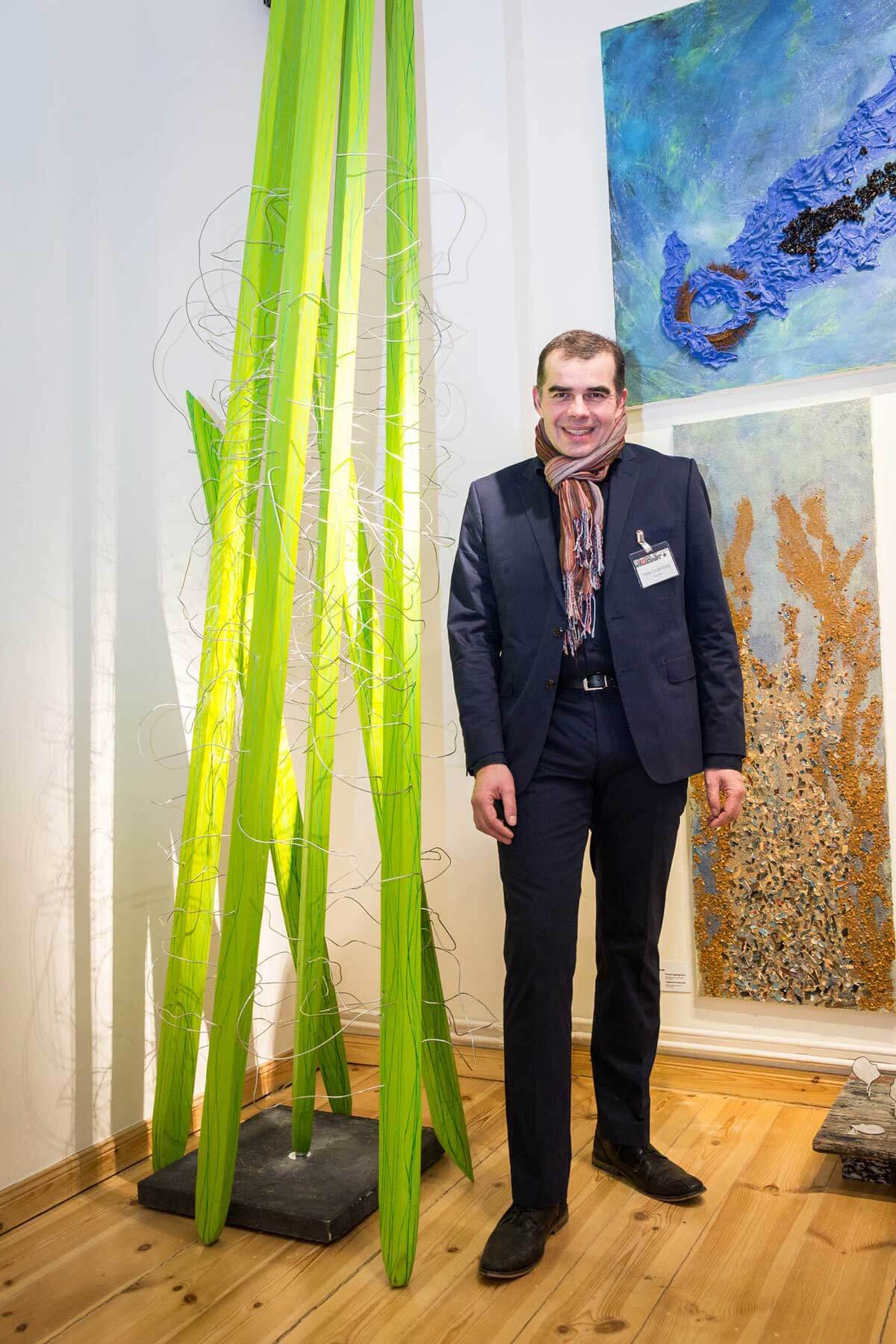
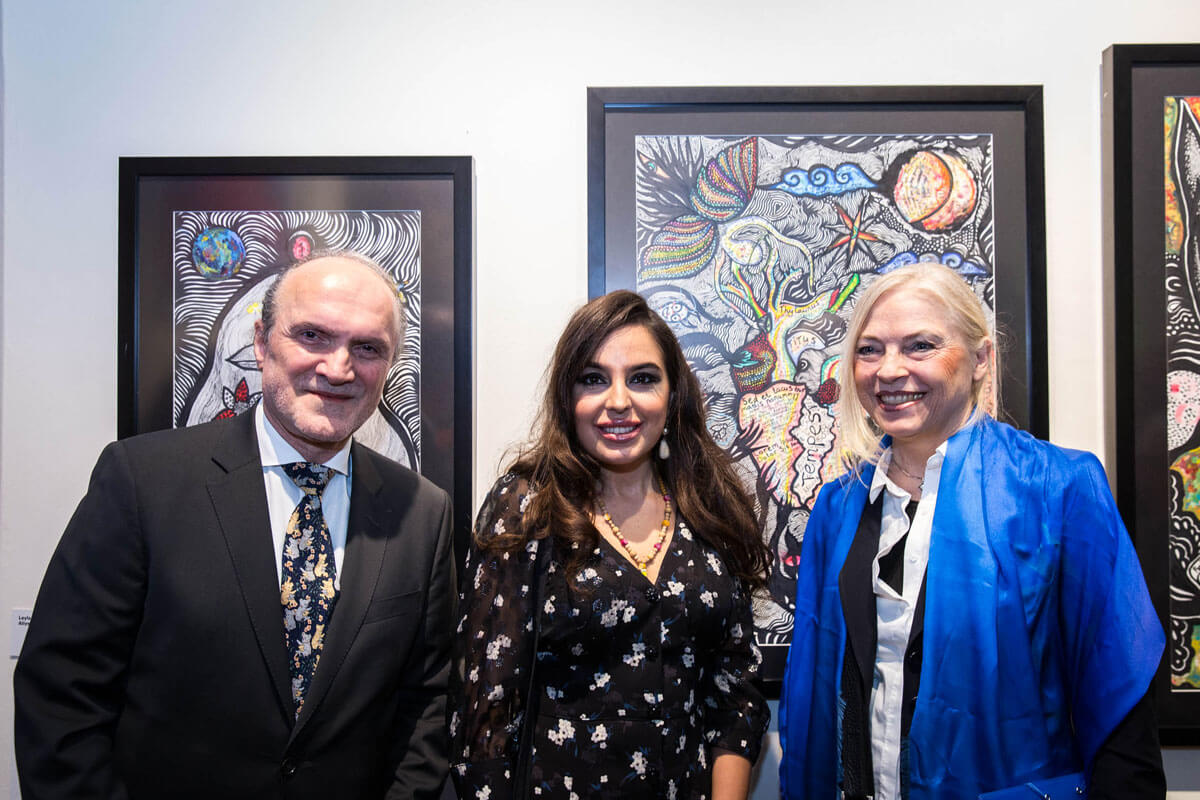
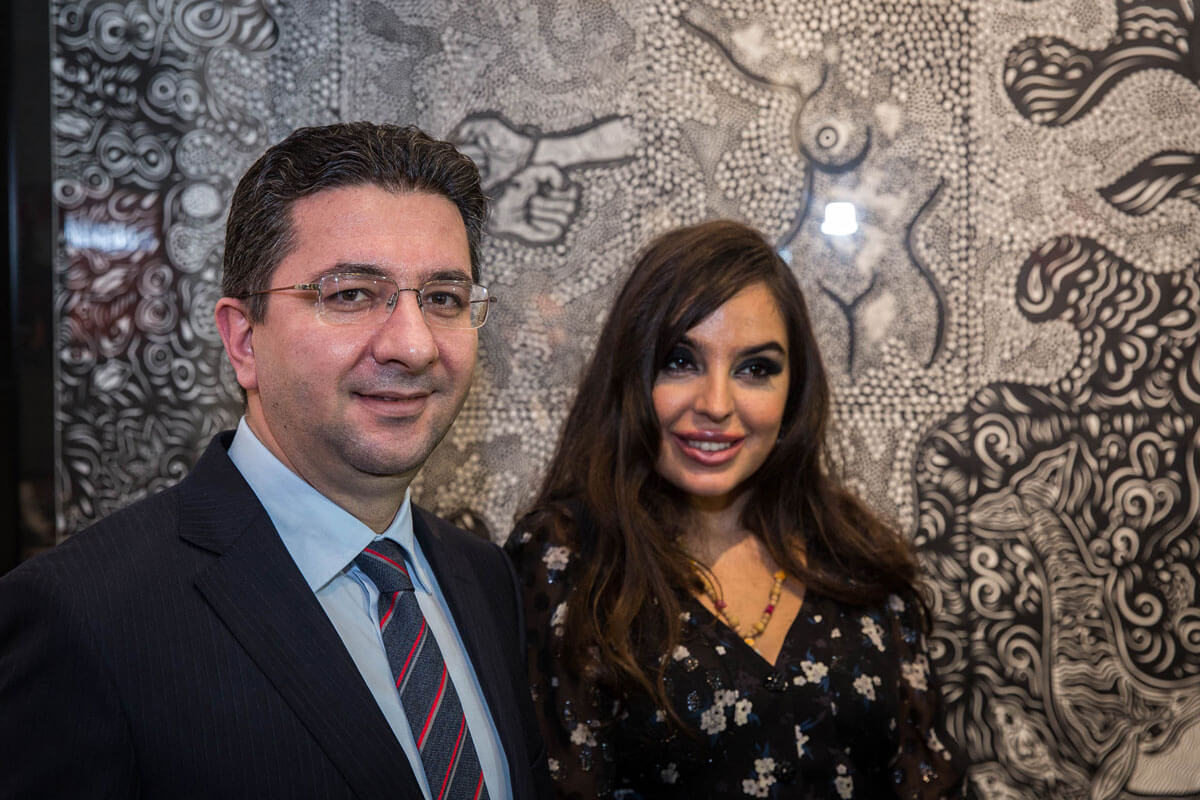

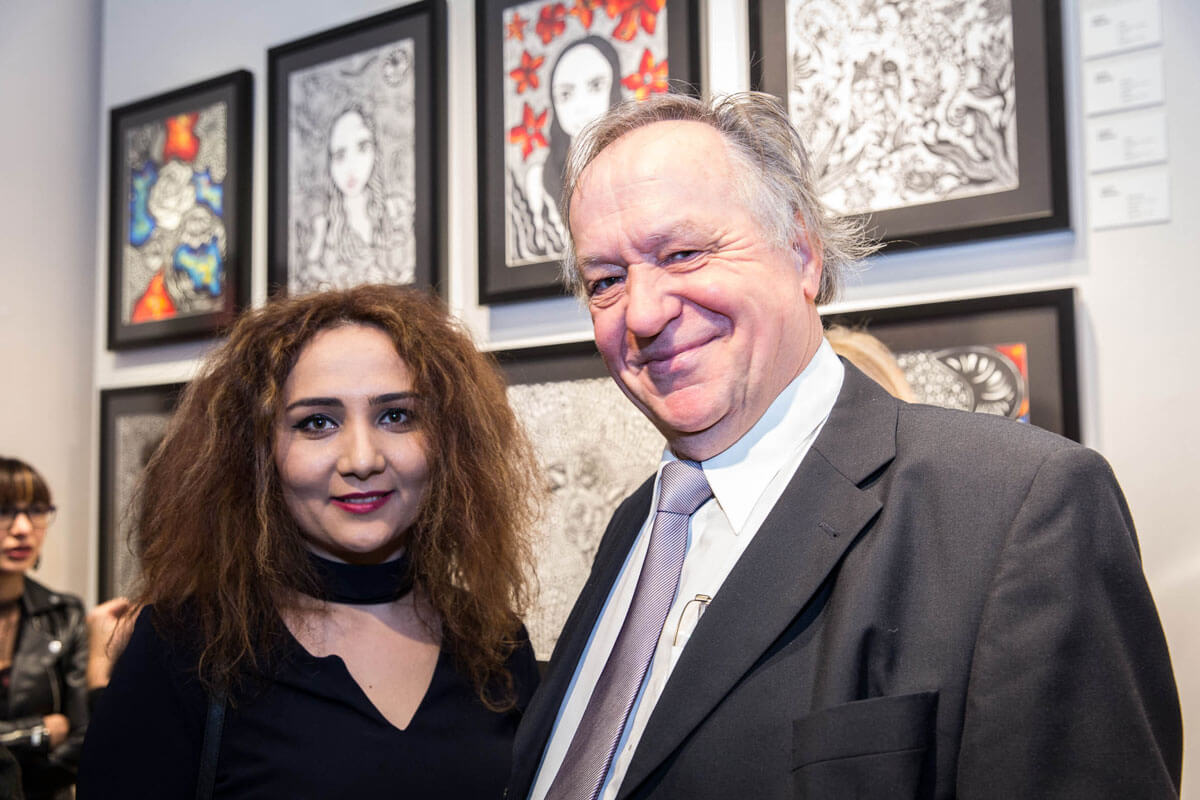
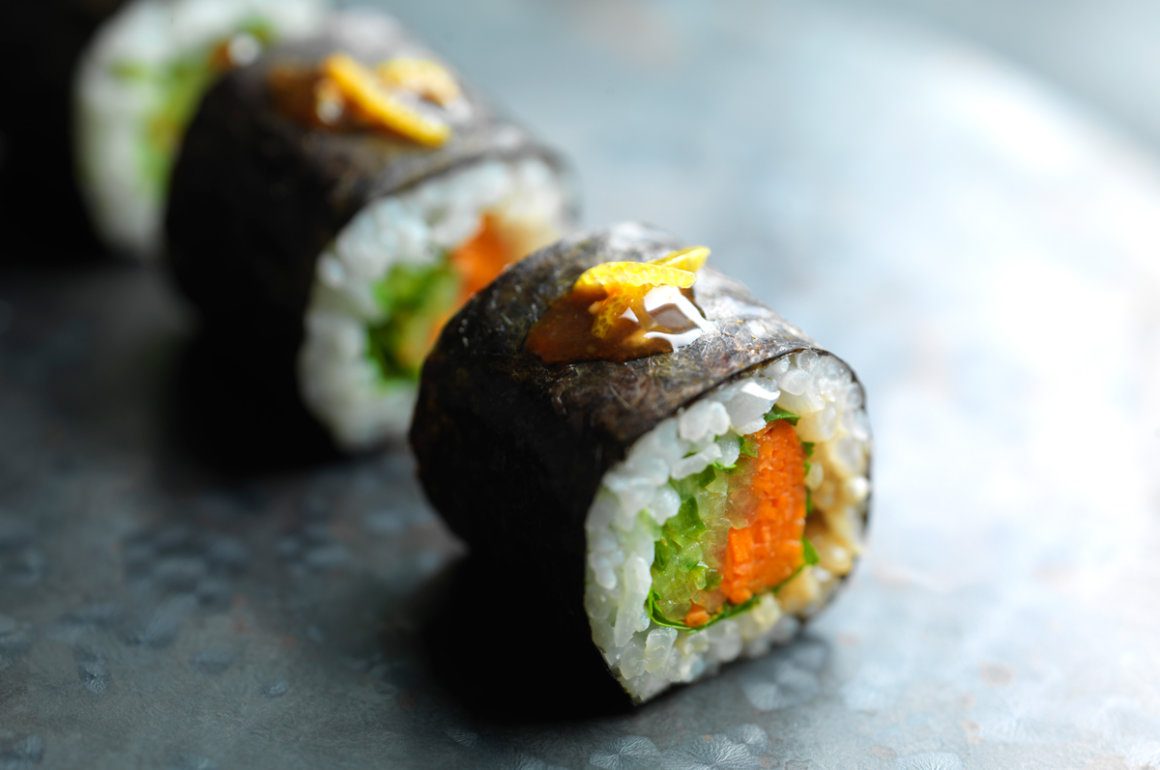
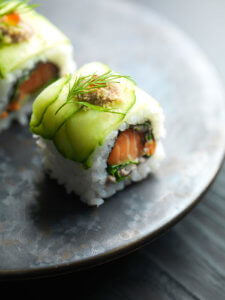
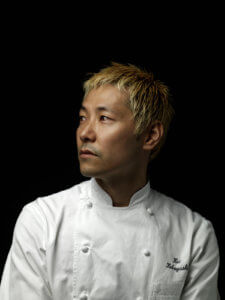
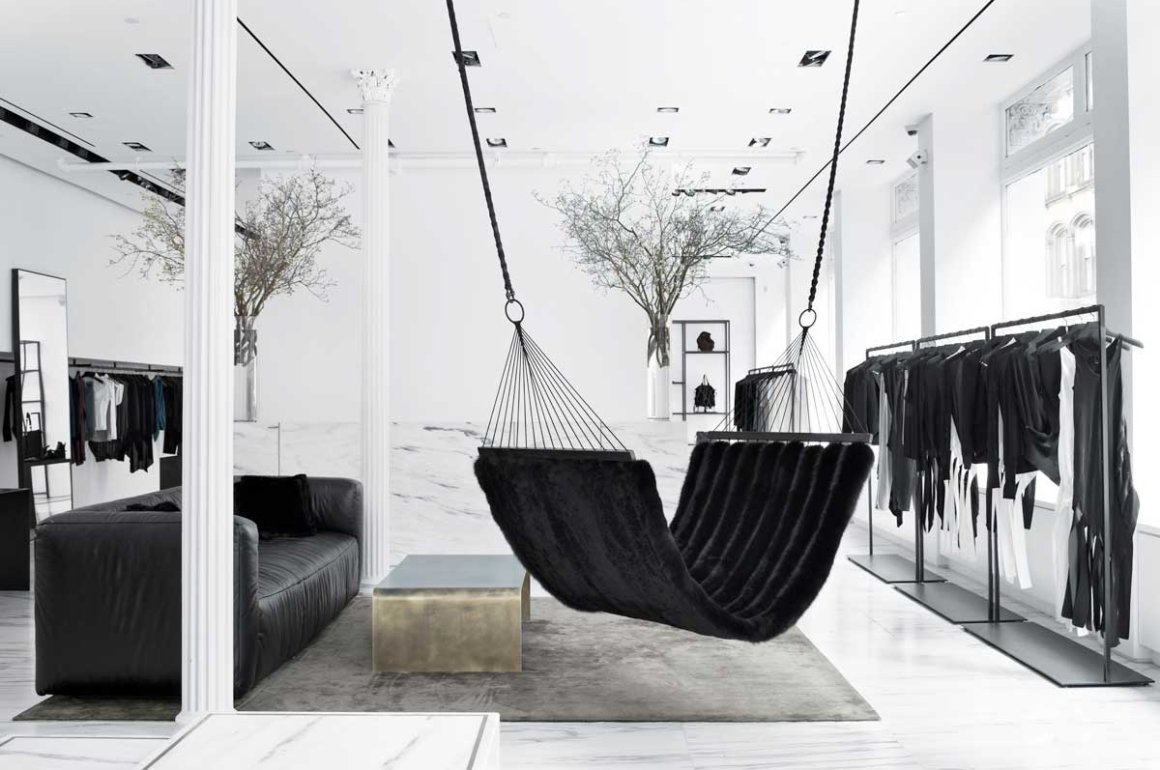

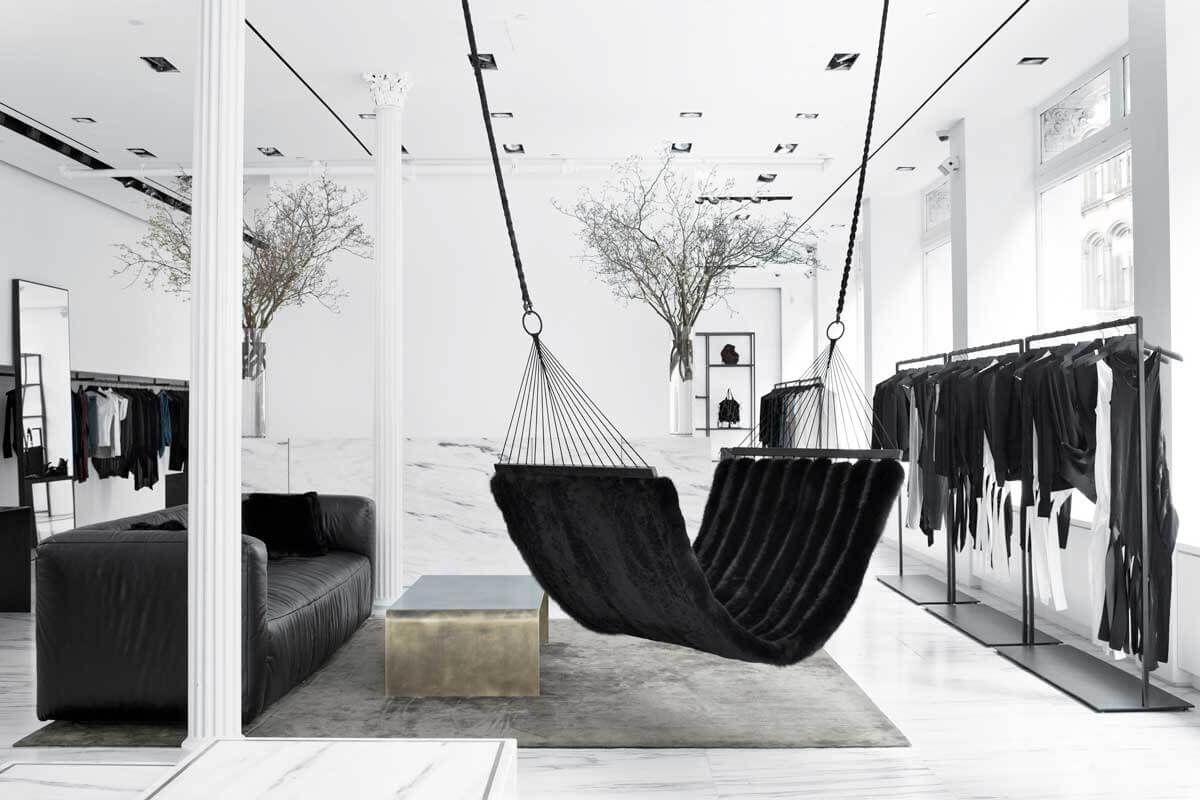
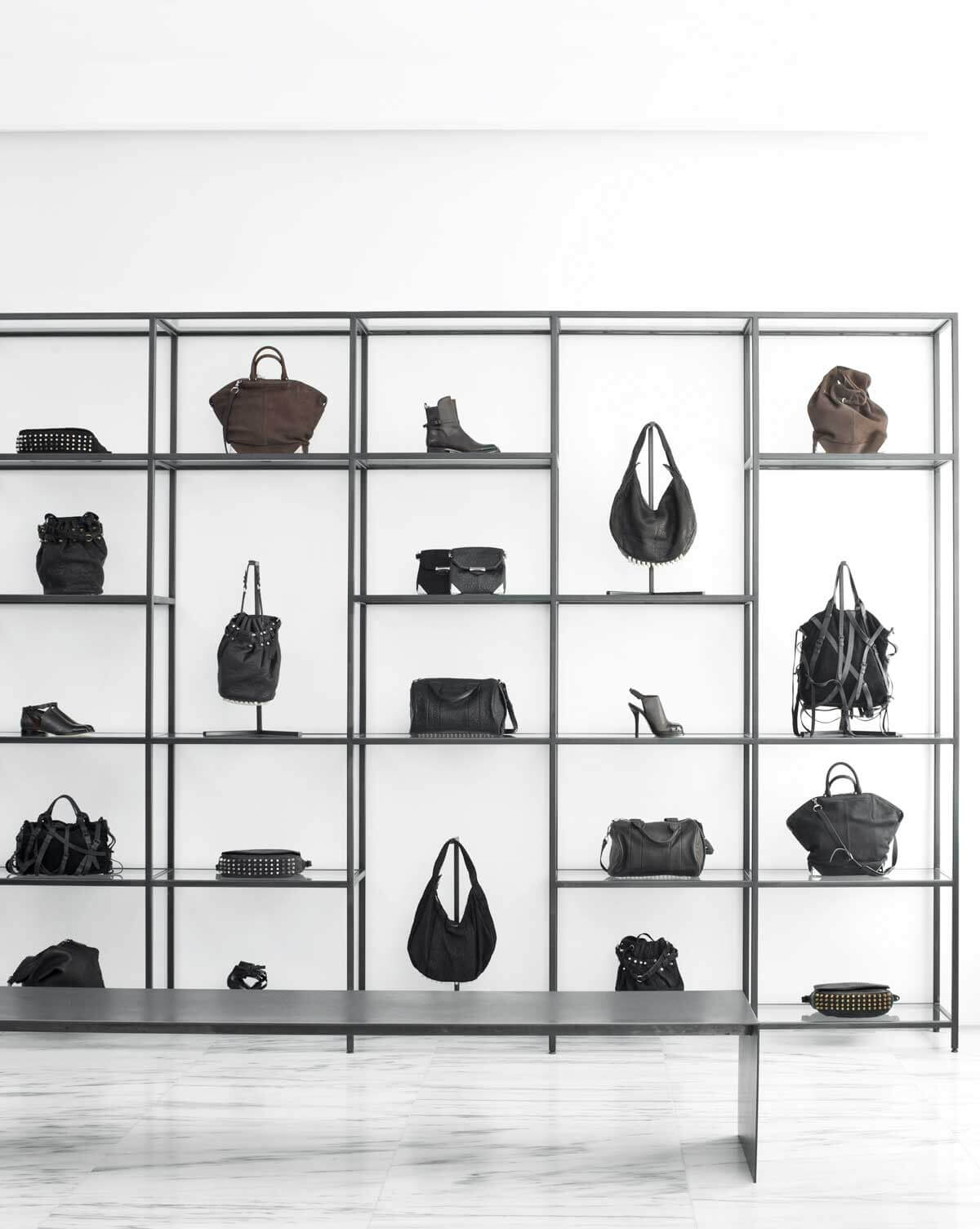
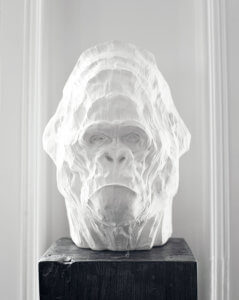

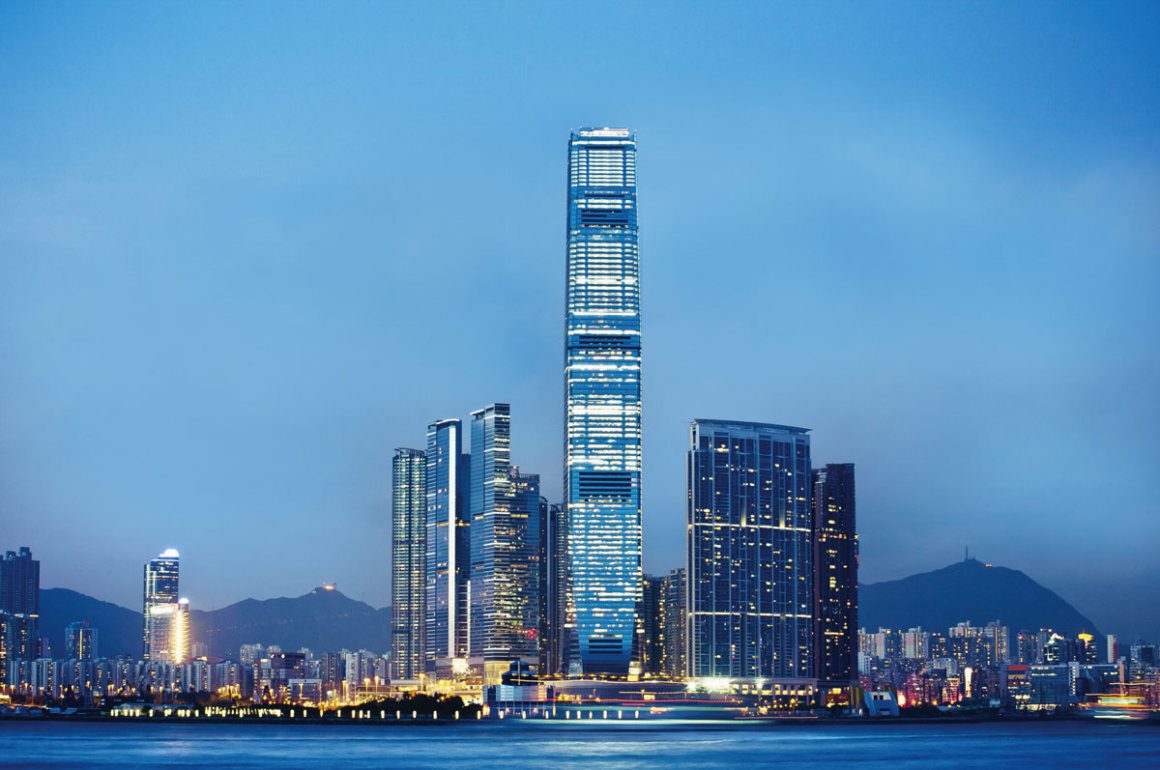
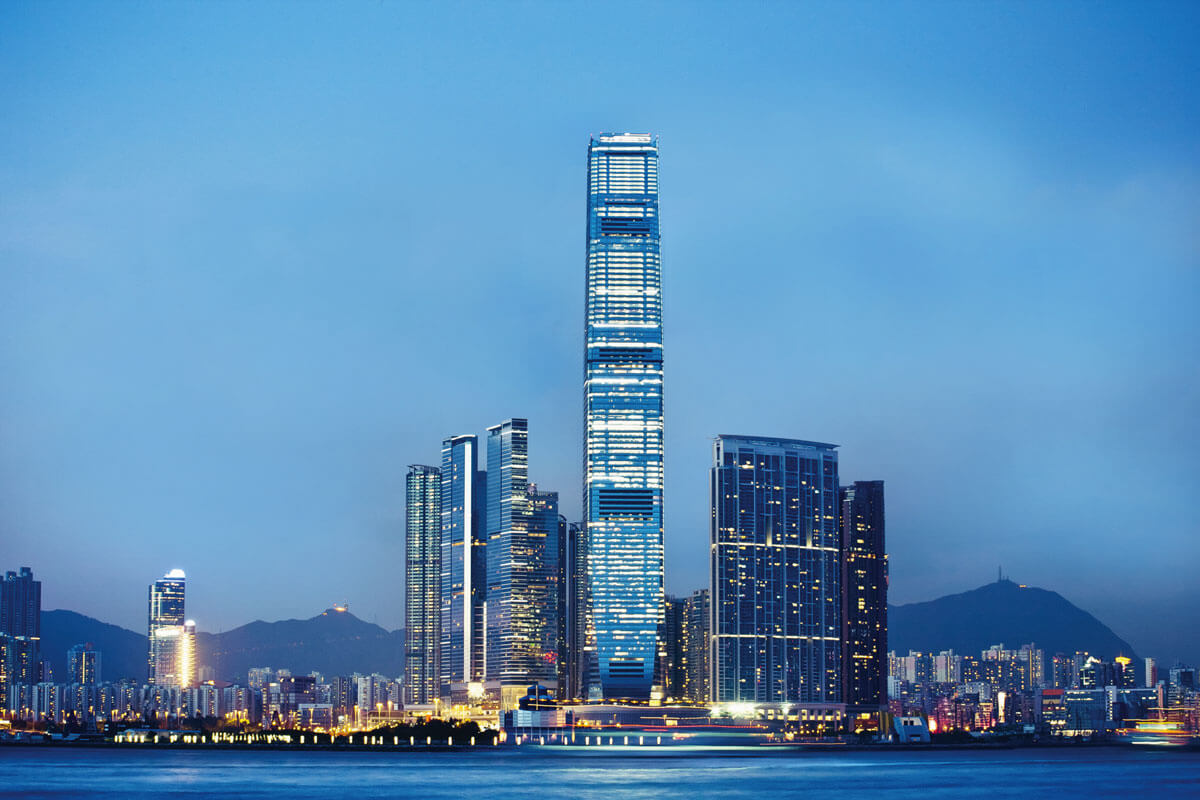
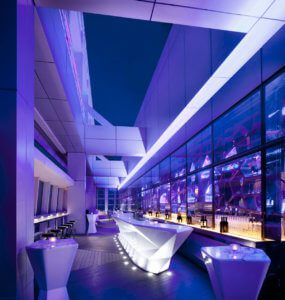
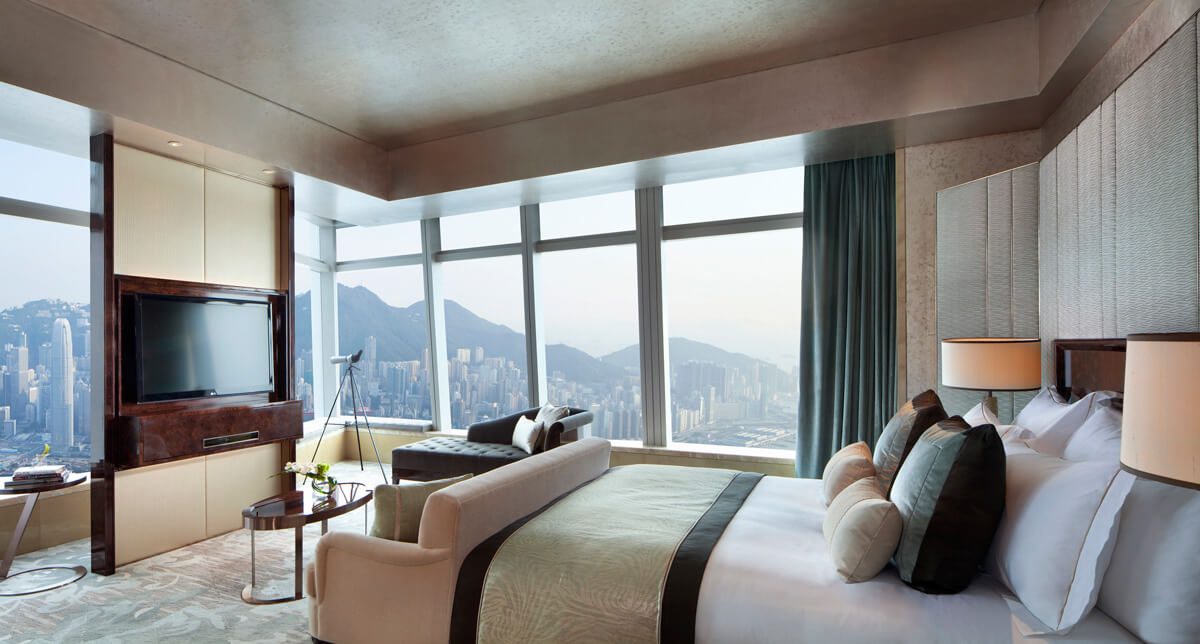
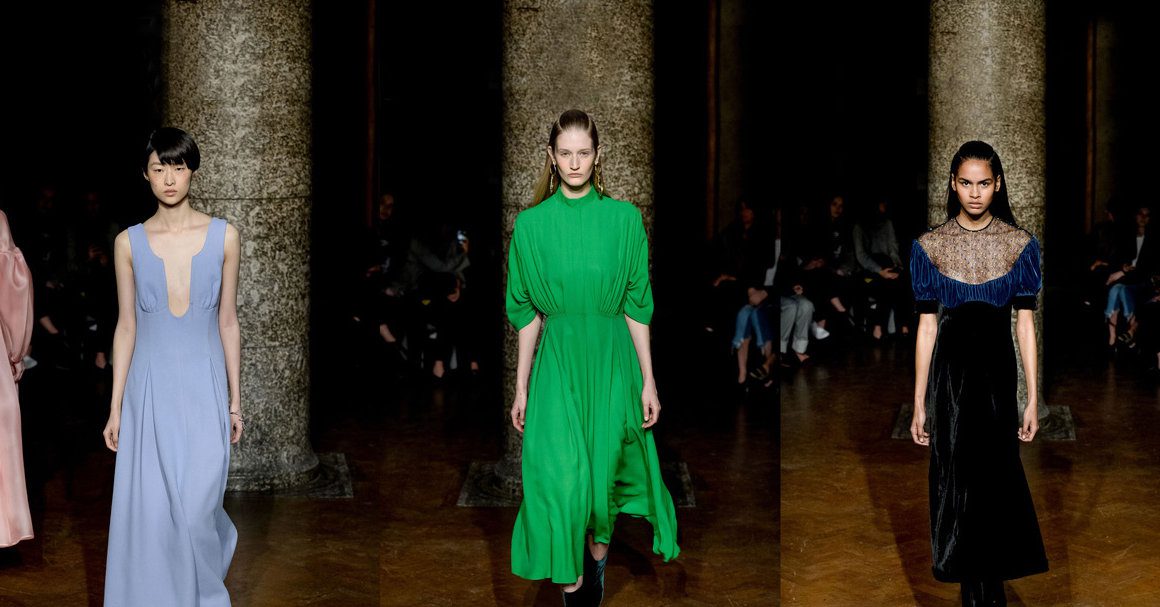

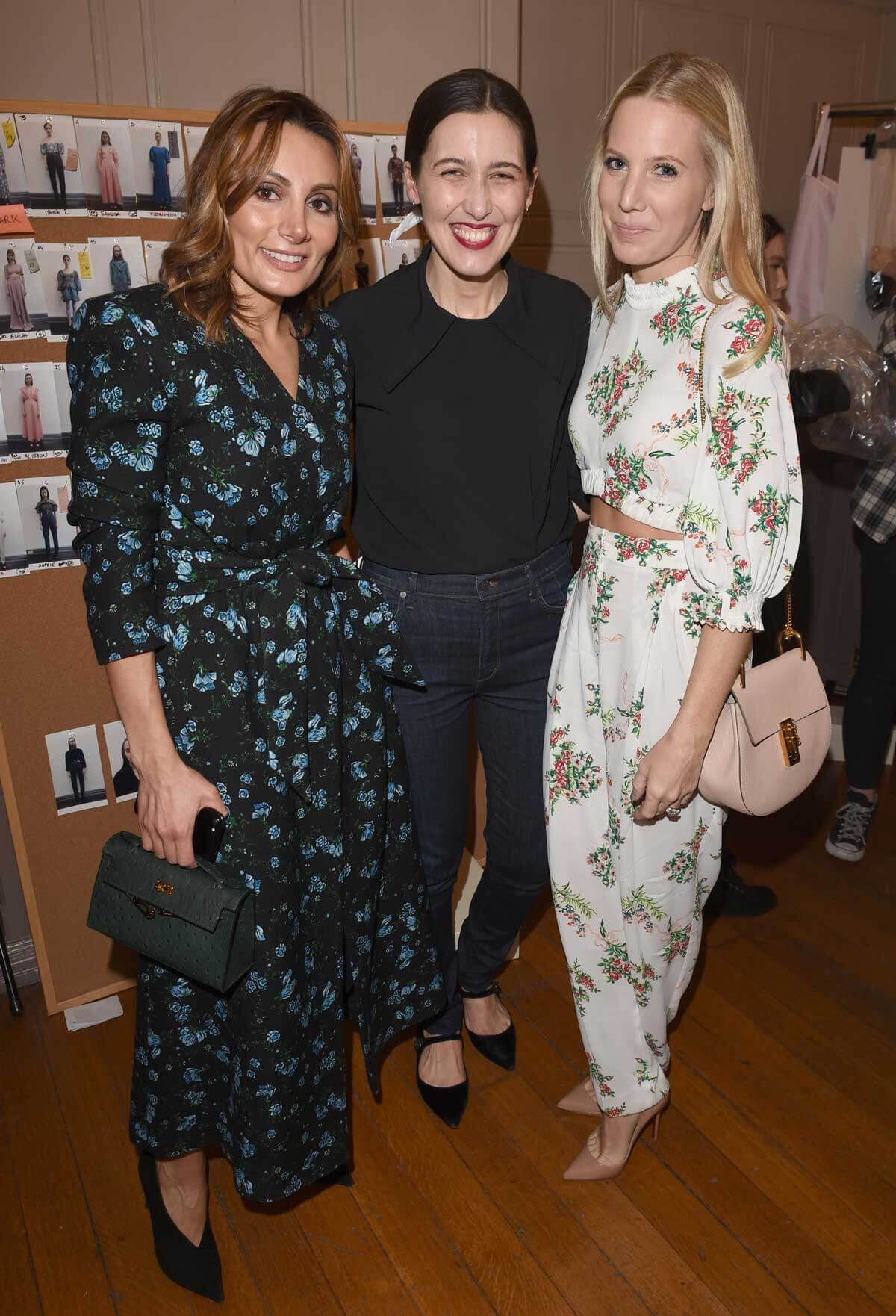
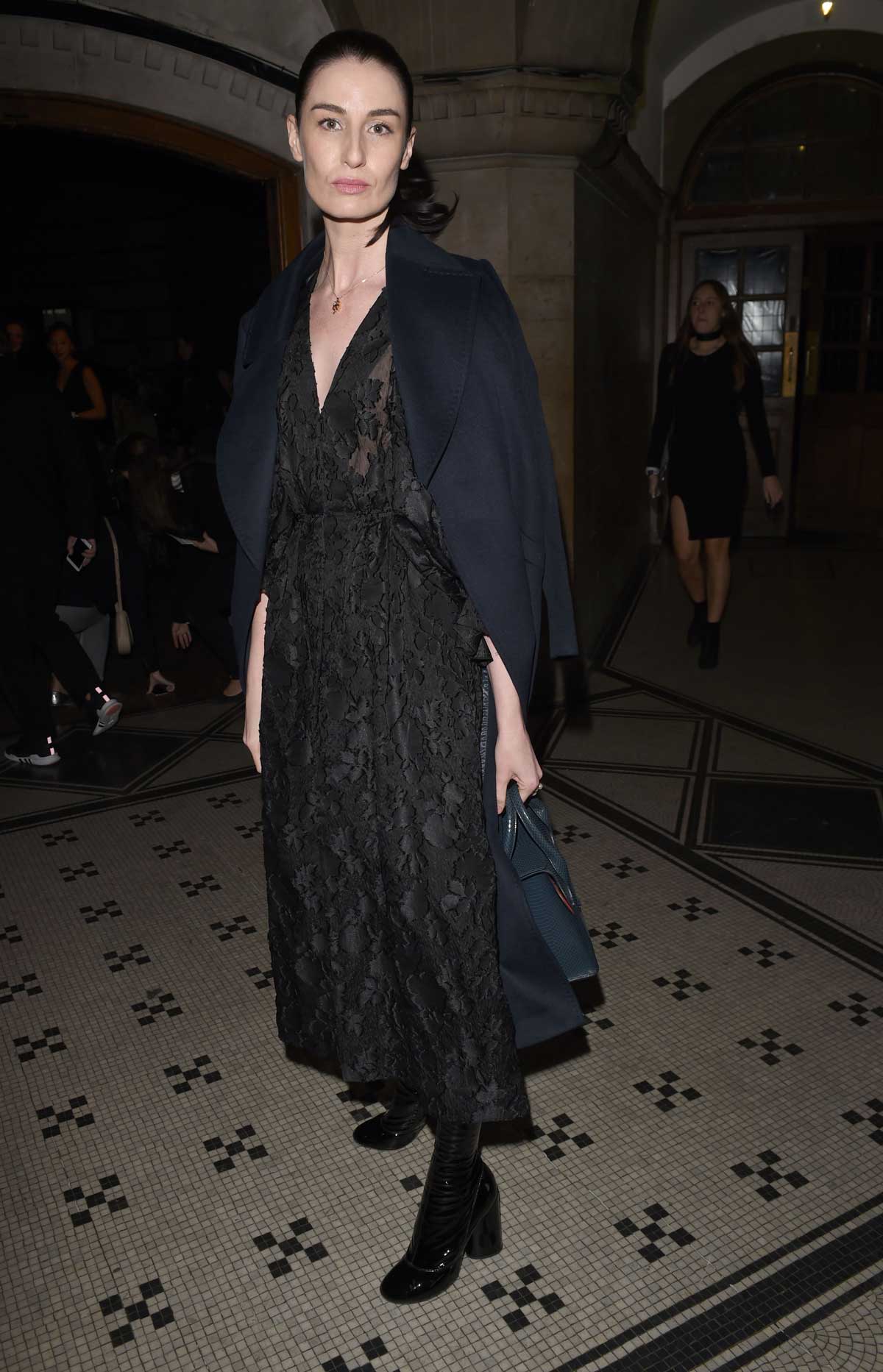



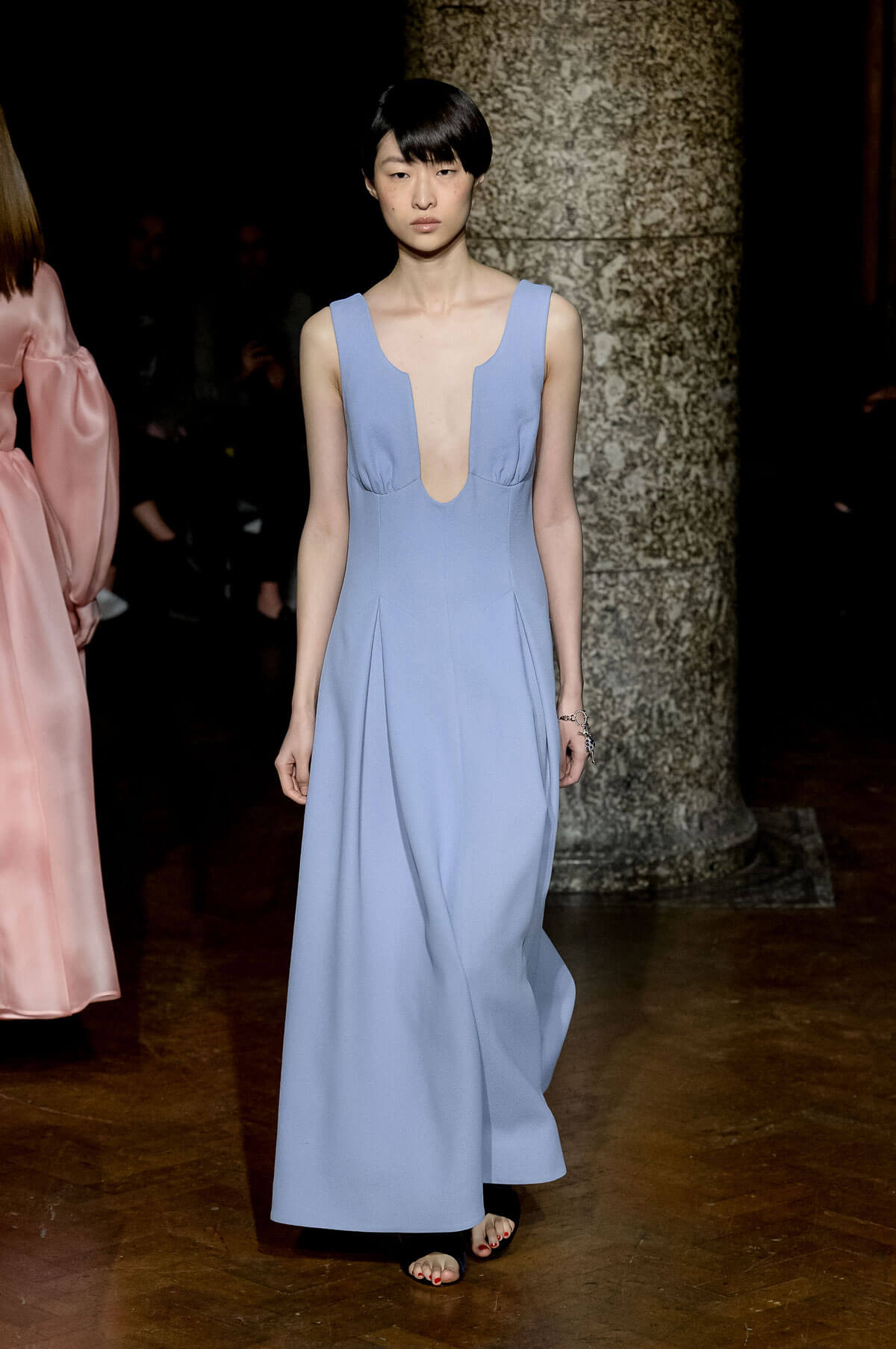
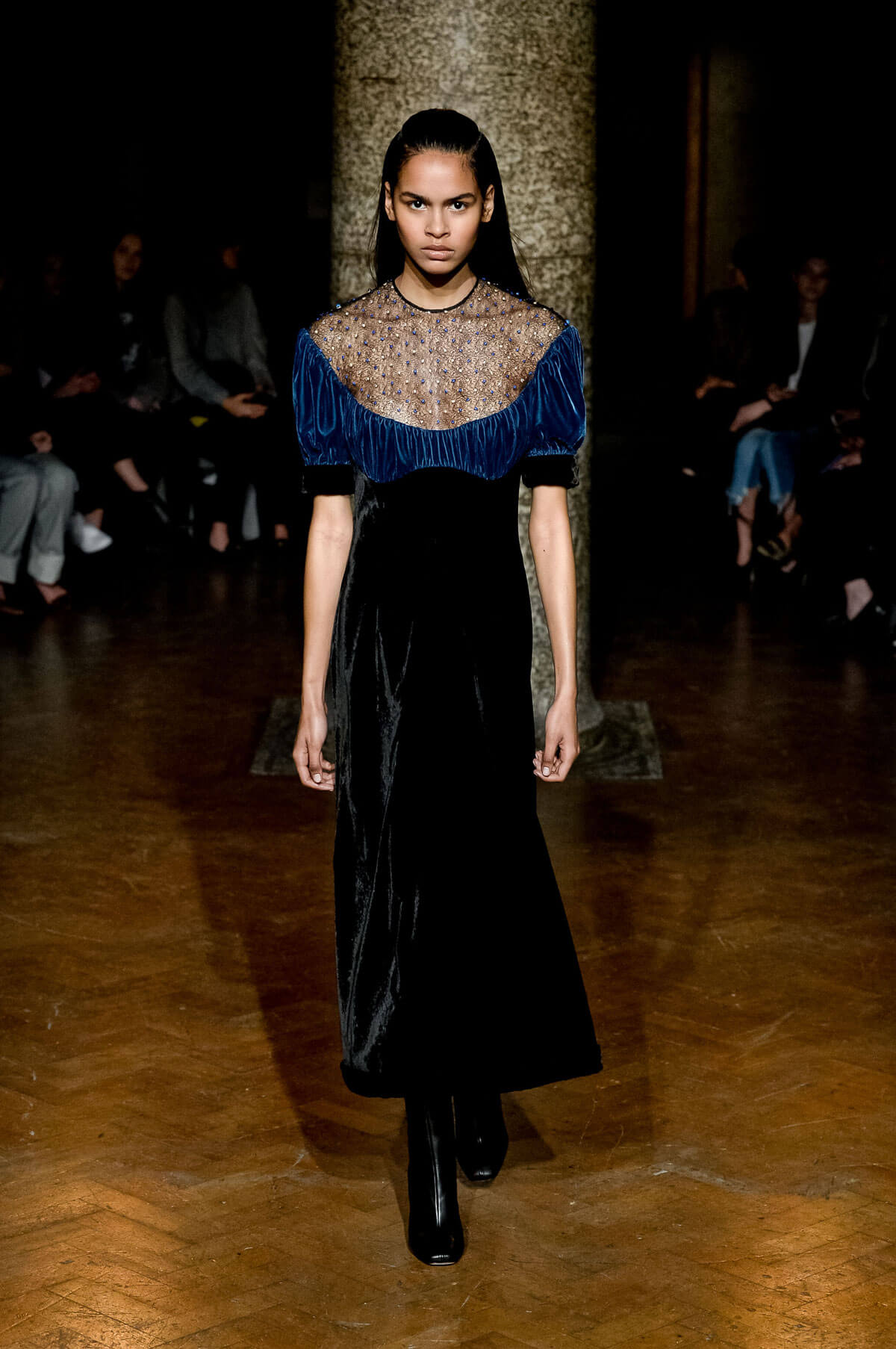
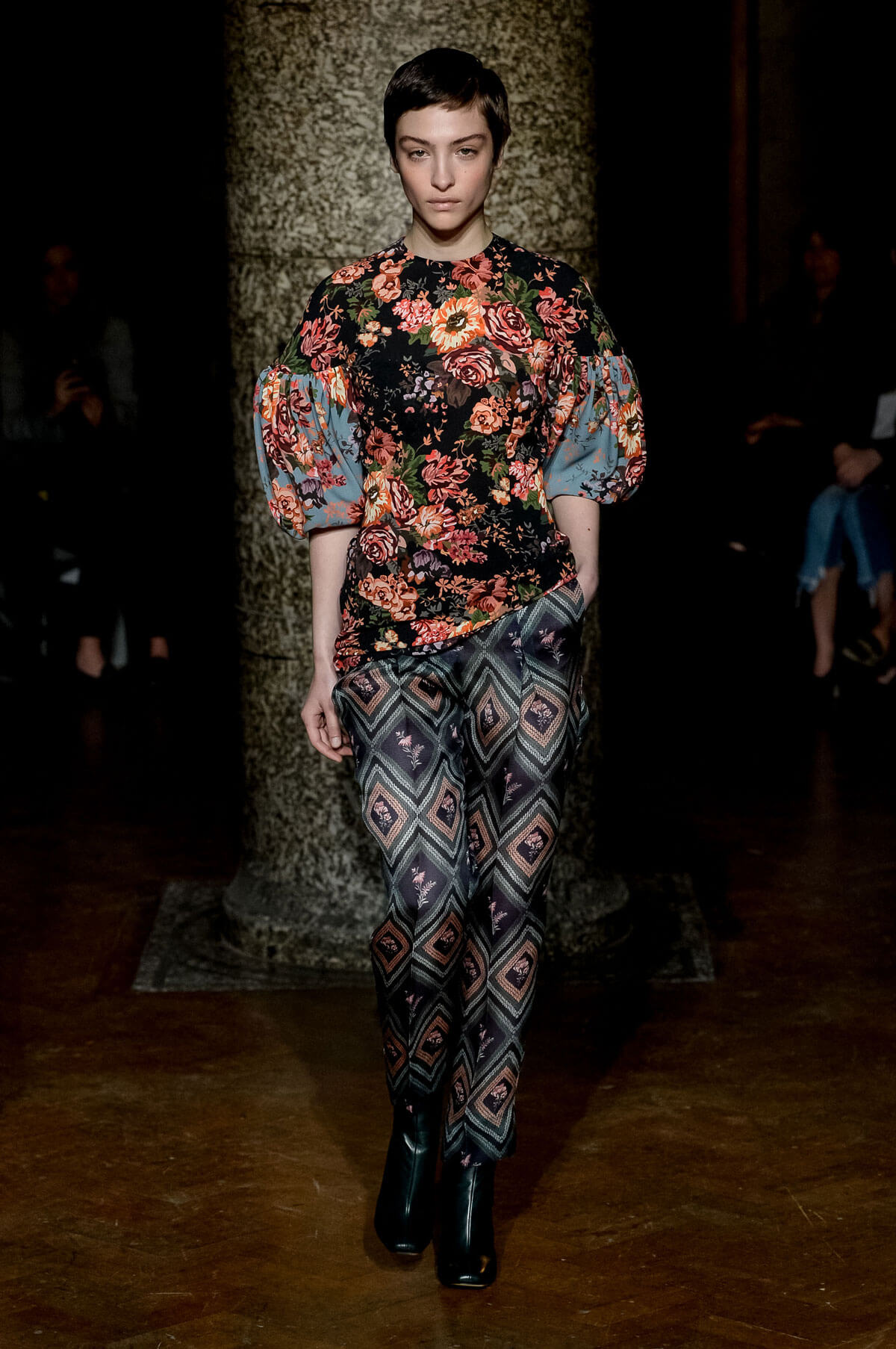
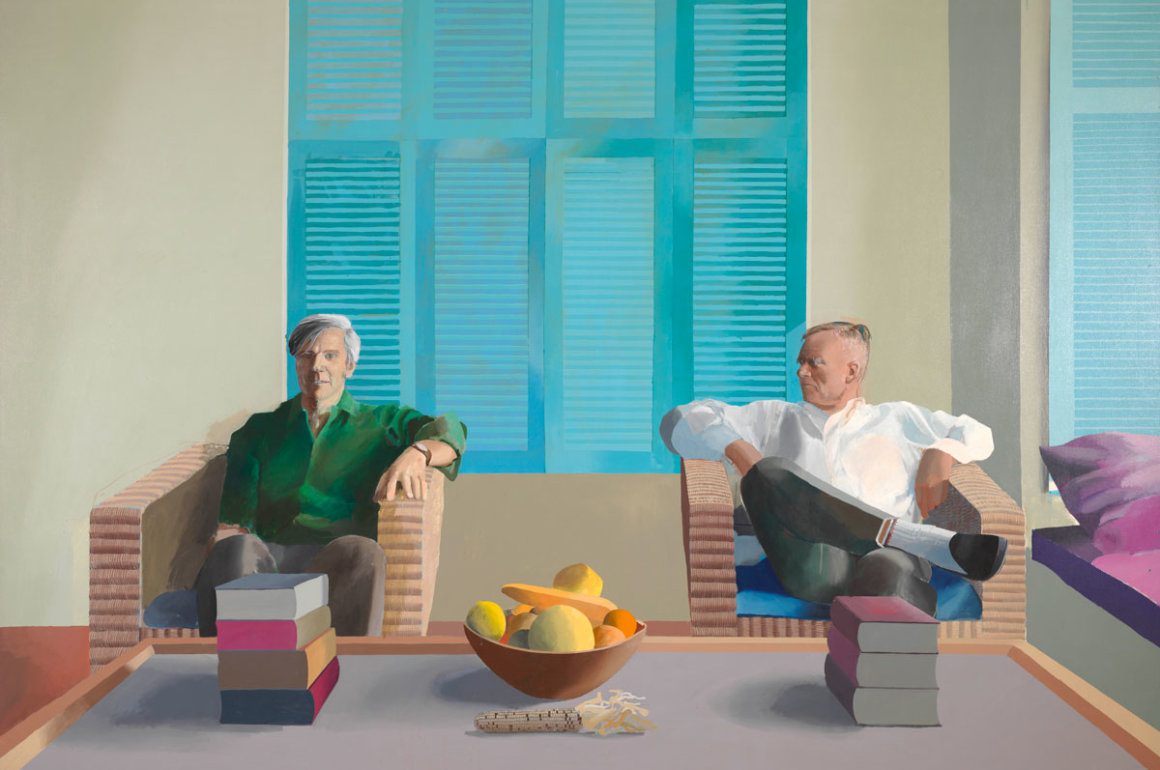
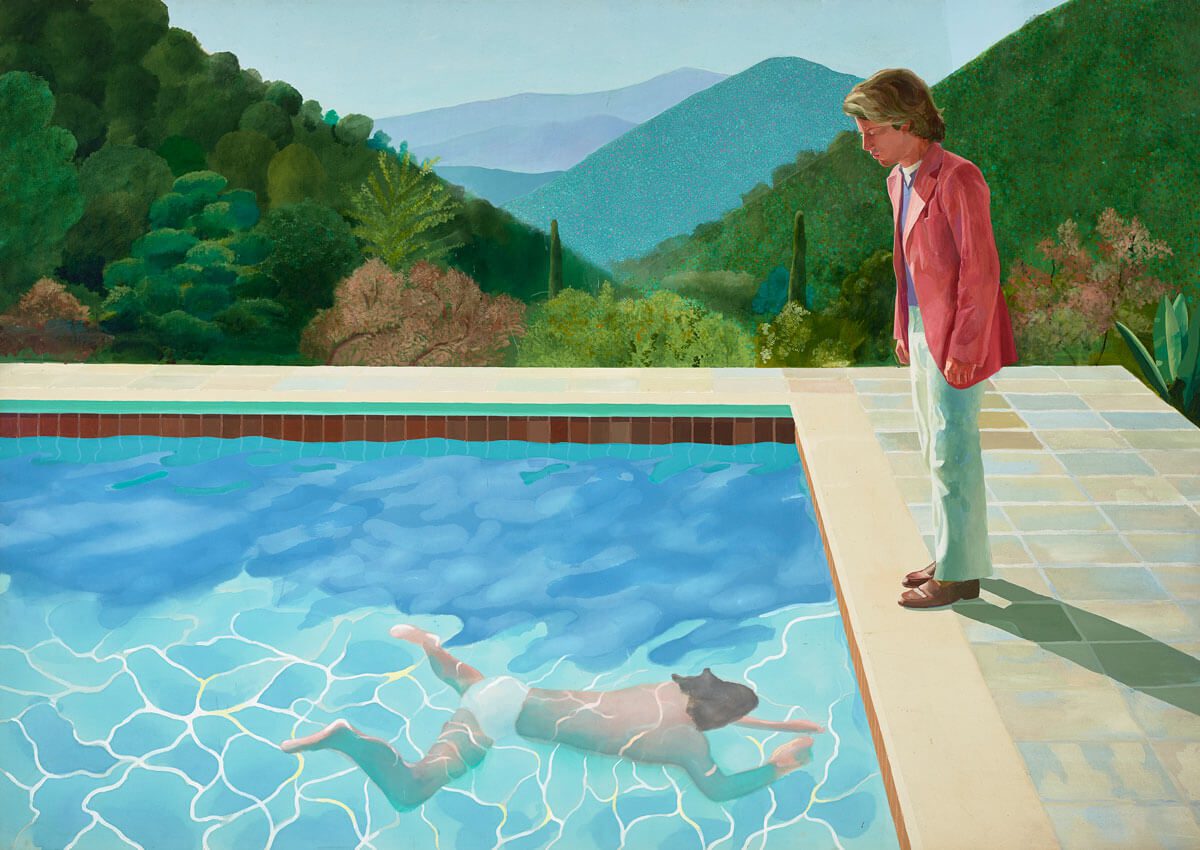









Recent Comments